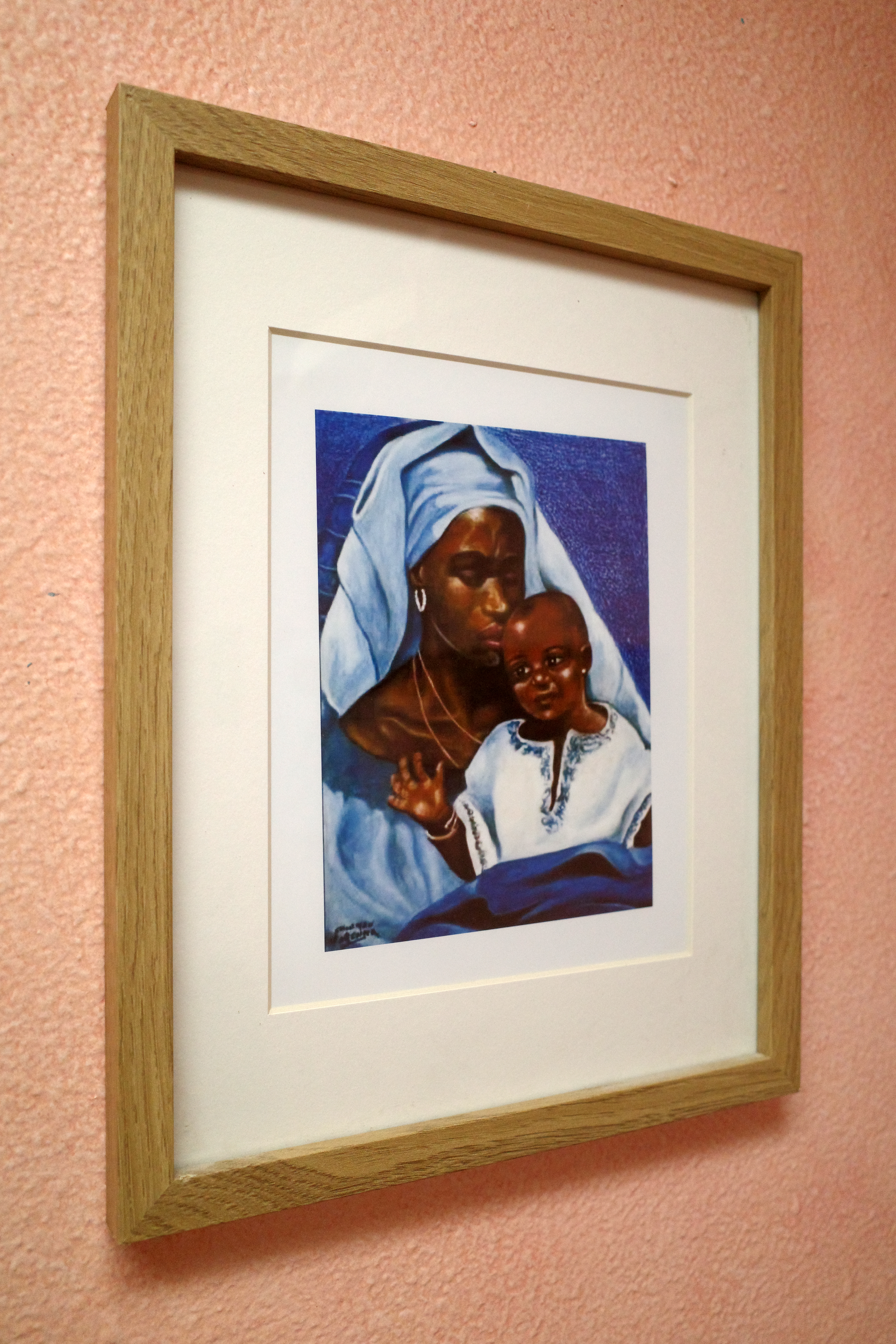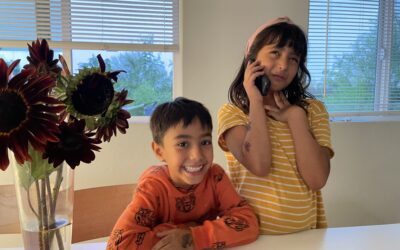Nurturing Spiritual Growth
Cultivating a Conscious Community
Discover a transformative educational journey that intertwines spiritual awareness with academic excellence, fostering a deep connection to self and the world.
Our Waldorf Journey
Our mission is to guide students in discovering their unique purpose and potential. We believe in the power of education to inspire moral imagination and ethical reflection, preparing our students to engage with the world as compassionate and thoughtful individuals. By integrating spiritual principles into our curriculum, we aim to foster a sense of wonder and gratitude, encouraging students to see the beauty in everyday life and to act with integrity and kindness.
At the Waldorf School of San Diego, we find ourselves continually inspired by two guiding principles of the Association of Waldorf Schools of North America (AWSNA):
- The image of the human being as a spiritual being informs every aspect of the school.
- Spiritual development in support of professional growth is an ongoing activity for the faculty, staff, and board.
As we reflect on these principles, we are invited to look closely at how the living thread of spirituality is woven throughout our classrooms and community life. In Waldorf education, spirituality is not taught as a subject or expressed through a singular religious framework—it is experienced as a way of being, of relating to the world and each other with reverence, wonder, and purpose.
This approach begins in early childhood, deepens through the grades, and becomes conscious and self-directed in high school. Alongside this inner path for students, our faculty and staff also engage in an ongoing journey of spiritual growth through artistic practice, inner work, study, and shared festivals. Together, we strive to create a school culture where the sacred is honored in both the seen and unseen aspects of daily life.
Early Childhood: Reverence Through Rhythm and Relationship
In our nursery and kindergarten classrooms, spirituality lives in the rhythm of the day and the warmth of human connection. Young children are deeply attuned to the world of the senses, and the way we move through daily routines speaks volumes. Each activity—from washing hands to sharing snack—is done with care and purpose. These quiet gestures are not separate from learning; they are learning.
Morning circles begin with seasonal verses and songs that celebrate nature, light, and life. A familiar verse might be:
“Good morning, dear earth,
Good morning, dear sun,
Good morning, dear flowers and fairies, each one.”
Children participate in purposeful chores, like sweeping or folding cloths, as a practice of care for their shared space. These tasks are introduced not as duties, but as joyful acts of service—early seeds of spiritual consciousness that teach love for the world and responsibility for its well-being.
The Grades: Story, Beauty, and Moral Imagination
As children grow, the spiritual life of the classroom matures with them. Grades students begin their day with a morning verse that speaks to their development and inner life. The class 1 verse, for example, begins with:
“The sun with loving light / Makes bright for me each day…”
This verse centers the child in a world that is good, beautiful, and worthy of gratitude. In older grades, the verses evolve to meet the child’s growing sense of individuality and responsibility. By middle school, students are invited into deeper moral reflection through words such as:
“To wonder at beauty, stand guard over truth, look up to noble, resolve on the good, this leadeth us truly to purpose in living, to right in our doing, to peace in our thinking….”
Central to the Waldorf curriculum is story. In early grades, fairy tales and fables awaken archetypal images that live in the soul. As students move into mythologies and biographies of saints, heroes, scientists, and artists, they are given models of inner striving and transformation. These stories nourish the moral imagination and help children locate themselves within the arc of human experience.
Practical activities such as handwork, gardening, and caring for the classroom continue to support a spiritual connection to material life. A freshly wiped table or an arranged nature corner becomes a quiet altar to attentiveness, inviting students to slow down, notice, and appreciate.
High School: Seeking Meaning, Truth, and Responsibility
By high school, students begin to consciously ask spiritual questions: Who am I? Why am I here? What is my responsibility to the world? Waldorf education meets this developmental moment with rich opportunities for inquiry and reflection.
The curriculum introduces philosophy, comparative religion, literature, and ethical debate—not to prescribe beliefs, but to help students wrestle with the big questions that shape a meaningful life. Artistic expression, community service, and class trips (like our annual 11th-grade service trip) provide further contexts for reflection and purposeful action.
The high school morning verse from Steiner speaks directly to the adolescent soul. One such verse reads:
“I look into the soul that lives within my being…
I will now lift my heart,
to ask the strength and blessing,
to learn and work may grow within my inmost being.”
Students are encouraged to bring mindfulness to their environment, keeping their spaces clean, honoring classroom agreements, and contributing to a respectful social culture. These outward actions mirror their inner development, as they learn to ground abstract ideals in daily practice.
A Spirit of Community: Beyond the Classroom Walls

Spirituality at WSSD extends beyond individual development. Our school community celebrates the sacred together through seasonal festivals, assemblies, and ceremonies that honor the rhythms of nature and the human journey. From Michaelmas to our many Festival of Courage and the Winter Spiral to the joyful Festival of Joy & Unity (May Day), these gatherings remind us of the light within and the connections between us all.
Faculty and staff nurture their own spiritual lives through artistic practice, meditative study, inner work, and collaborative reflection. Board members are invited into this journey, too, acknowledging that leading a school with integrity requires deep listening, moral courage, and soulfulness.
Even the care of physical spaces—sweeping a walkway, arranging flowers, or cleaning up after an event—is understood as a form of reverence. These gestures, quietly and consistently offered, speak to the values we hope to pass on to our students.
A Spirit of Community: Beyond the Classroom Walls
As we deepen our work with AWSNA’s guiding principles, we also look toward the future. How can we continue to uplift a vision of spirituality that honors the full diversity of our community?
Some ideas we are exploring include:
- Welcoming multiple cultural and spiritual traditions into festival life and classroom stories
- Offering parent education on the universal spiritual foundations of Waldorf education
- Creating more opportunities for intergenerational reflection during school gatherings and festivals
- Encouraging faculty to share and reflect on their own spiritual practices in collegial study and mentorship
By nurturing an inclusive, living spirituality that honors both the individual and the collective, we hope to create a school culture where reverence, gratitude, and wonder are daily companions for students, teachers, and families alike.
Let us continue to grow in spirit, together.
“Receive the children in reverence, educate them in love, and send them forth in freedom.”
—Rudolf Steiner
Voices of Our Community
“The spiritual education at this school has transformed my child’s outlook on life.”
“Teaching here has deepened my own understanding of spirituality and connection.”




0 Comments